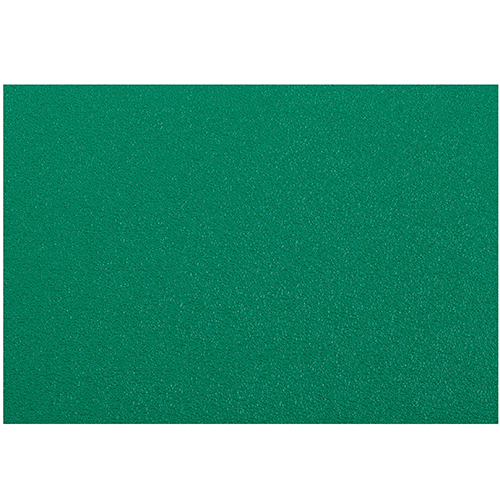Oct . 28, 2025 13:05 Back to list
Multi-Purpose Court | Durable, All-Weather Tiles & Vinyl
Multi-purpose Court surfaces: notes from the field, specs that matter
If you’ve ever tried to schedule badminton at 5, futsal at 7, and a community fitness class at 8:30, you’ll know the pain: one floor doesn’t always fit all. The Crystal sand surface badminton court floor 8.0 has been popping up in my inbox lately, and, to be honest, the timing tracks with what facility managers keep telling me—demand for flexible, resilient, low-maintenance surfaces is up. In fact, many customers say they want a surface that plays precise for badminton yet survives roller goals, folding bleachers, and school events. That’s where a modern Multi-purpose Court spec earns its keep.

Industry trends and where this surface fits
Three trends stand out: hybrid usage (schools and civic centers), safety-first procurement, and quick-turn installs. The crystal-sand texture—think micro-etch for controlled grip—has quietly become a go-to in badminton-dominant halls that still need versatility for light basketball, volleyball, and PE sessions. It’s not a miracle for everything, but for a practical Multi-purpose Court brief, it hits the sweet spot between traction, ball response, and daily durability.
Technical specifications (real-world, not brochure fluff)
| Product | Crystal sand surface badminton court floor 8.0 |
| Construction | Wear-resistant PVC top with crystal-sand texture, reinforced fiberglass mesh, closed-cell foam backing |
| Total thickness | ≈ 8.0 mm (real-world use may vary ±0.3 mm) |
| Friction coefficient | ≈ 0.5–0.7 (dry), tuned for badminton footwork per BWF guidance |
| Shock absorption | ≈ 20–28% (ASTM F2772 Class 1–2 range) |
| Line marking | Factory or on-site, multi-sport layouts supported |
| Service life | 7–10 years typical with proper maintenance |
| Certifications | BWF facility guidance aligned; EN 14904 and ASTM F2772 tested; low-VOC per ISO 16000 (reports on request) |
How it’s made (and why that matters)
- Materials: UV-stable PVC wear layer, crystal-sand micro-texture, fiberglass reinforcement, foam underlayer for energy return.
- Methods: Hot-press lamination, precision calendaring, anti-curl edge treatment for roll stability.
- Testing: Coefficient of friction (EN 14904), shock absorption and vertical deformation (ASTM F2772), ball rebound, VOC emissions (ISO 16000).
- Installation: Loose-lay with tape at perimeter or adhesive set for heavy-use halls; heat-welded seams optional.

Application scenarios
Badminton-first venues, school gyms, municipal recreation centers, rental halls, pop-up events. I’ve seen it used for club tournaments on Saturday, then a yoga fundraiser Sunday morning—surprisingly smooth changeover. For a compact Multi-purpose Court footprint, it’s forgiving on joints yet quick underfoot.
Vendor snapshot (quick comparison)
| Criteria | Enlio Crystal Sand 8.0 | Vendor A (Generic PVC) | Vendor B (PU System) |
|---|---|---|---|
| Badminton grip | Optimized micro-texture | Standard emboss | Good, depends on topcoat |
| Install speed | Fast (roll format) | Fast | Slower (site-cured) |
| Maintenance | Low; routine clean | Low–medium | Medium; recoats |
| Multi-sport suitability | High for light multi-use | Moderate | High, but higher cost |
Customization and real feedback
- Colors and line sets: badminton-only or multi-sport layouts; logos possible.
- Underlayment tuning: choose softer foam for youth programs or firmer for mixed-use.
- Customer notes: “Footwork feels secure without grabbing”—one club manager told me. Another said cleaning was “as simple as auto-scrub, done.”
Mini case studies
City Rec Hall, week-on-week: four badminton courts M–F, community volleyball on weekends; reported fewer slips and faster turnovers. A high school gym layered lines for exams and assemblies—no ghosting, no curl at door thresholds. Not perfect for heavy wheeled loads, I guess, but within its design brief, it’s solid.
Origin: 8th floor, Block B, ICC, No. 95, Cangyu Rd, Yuhua District, Shijiazhuang
Standards and notes: Designed with reference to BWF facility guidance and tested against EN 14904 and ASTM F2772 performance metrics. Low-VOC compliance per ISO 16000. Always confirm substrate condition and indoor climate; performance varies with maintenance and load patterns.
- Badminton World Federation (BWF) Facilities Manual and Equipment Guidance [1]
- ASTM F2772: Standard Specification for Athletic Performance Properties of Indoor Sports Floor Systems [2]
- EN 14904: Surfaces for sports areas – Indoor surfaces for multi-sports use [3]
- ISO 16000 series: Indoor air – VOC emissions testing [4]
- SGS/TÜV third-party sports flooring test protocols and reports (vendor-supplied) [5]
-
Durable Volleyball Ground Mats for Safe & Competitive Play
NewsNov.24,2025
-
Premium Volleyball Court Mat: Safety, Durability & Performance for Global Play
NewsNov.23,2025
-
Durable and Eco-Friendly Rubber Play Mats Outdoor for Safer Playgrounds
NewsNov.22,2025
-
Comprehensive Guide to Types of Interlock Tiles: Materials, Uses & Trends
NewsNov.22,2025
-
Exploring Different Types of Interlocking Tiles: Global Uses and Benefits
NewsNov.21,2025
-
PVC Interlocking Floor Tiles Price – Comprehensive Guide for Smart Flooring Choices
NewsNov.20,2025

